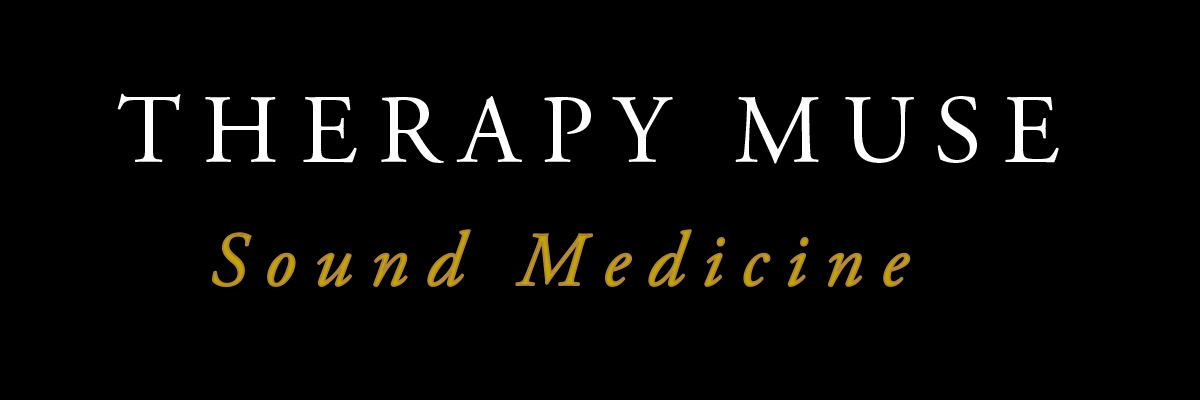Origins of Healing Music
In the right hands, used mindfully, music has tangible healing powers.
In the late 19th century, Alice C. Fletcher, the renowned American anthropologist, wrote “A Study of Omaha Indian Music 1893.” The book contained the largest collection of non-Occidental music published to date, ninety-two songs, all from only one tribe. To quote Fletcher:
“Among the Indians, music envelopes like an atmosphere every religious, tribal and social ceremony as well as every personal experience. There is not a phase of life that does not find expression in song. Religious rituals are embedded in it, the reverent recognition of the creation of the corn, of the food-giving animals, of the powers of the air, of the the fructifying sun, is passed from one generation to another in melodious measures; song nerves the warrior to deeds of heroism and robs death of its terrors; it speeds the spirit to the land of the hereafter and solaces those who live to mourn; children compose ditties for their games, and young men by music give zest to their sports; the lover sings his way to the maiden’s heart, and the old man tunefully evokes those agencies which can avert death. Music is also the medium through which man holds communion with his soul, and with the unseen powers which control his destiny.” - Alice C. Fletcher A Study of Omaha Indian Music 1893
https://www.nebraskapress.unl.edu/bison-books/9780803268876/
I found this remarkable quote while reading Ted Gioia’s book “Healing Songs.”
https://tedgioia.substack.com I immediately bought a copy of Alice Fletcher’s book. It is fascinating to picture a society infused with music, but with the music being made entirely by the people with whom you are living. In the modern world we are infused with music, too, but the creators are remote from us, streaming into our lives peripherally.
For therapists who use music every day in their healing practice, it is worth thinking about the relationship of music and healing in other more ancient cultures. The evolution of music in the west parallels a shift in thinking and experiencing music. As we evolved, we kept inventing new and more sophisticated instruments, and in so doing we drifted away from the simple organic sound that is human nature, so much so that some of us have almost forgotten how to sing. We still have music for all the endeavors that Alice Fletcher describes in Omaha Indian Music, spirituality, romance, war, work and play, but we have become more removed from them. As we get older, our playlists become set in time.
Entrainment
In the past, as it is today, music was both localized and viral. It was viral in the sense that music spread from generation to generation and culture to culture via the shared medium of singing and playing. Only in the 20th century has recorded music supplanted the shared experience of music as a communion and the musician as troubadour. Music is everywhere, but we still harbor the desire to share it. We experience its emotional entrainment via concerts, and we love to pass on the discovery of new songs via social media. Before all this amazing access via the global jukebox, music had a more central sacred purpose.
“Music was therefore justly considered by the ancients a key to all sciences and arts - the link between metaphysics and physics through which the universal laws and their multiple applications could be understood.” - Alain Denielou
https://www.innertraditions.com/books/music-and-the-power-of-sound
The oldest system of music that formalized ‘the link between metaphysics and physics’ is found in Ancient China. 5,000 years ago, the legendary Yellow Emperor instructed his court musician, Ling Lun, to formalize the rules of music and define the laws of harmony in order to bring about an evolution in music. For Ling Lun, music was the quintessential sacred art form. Ling Lun spent many days in deep contemplation. His quest for the perfect sound ultimately led him to the the sacred Kunlun Mountains. There Lin Lun came to realize that the sounds of nature could at once be a symphony of movement and harmony or one solitary voice, depending on how he listened. From his epiphany in nature, Lin Lung formed the first 12 laws of music. When Lin Lung returned to court, the Yellow Emperor immediately recognized the order inherent in music and began formalizing a ruling structure for government based on the inviolable rules of harmony.
“In the viewpoint of the ancient Chinese, the notes of all music contained an essence of transcendent power. A piece of music was an energy formula.” David Tame, The Secret Power of Music.
https://www.simonandschuster.com/books/The-Secret-Power-of-Music/David-Tame…
No matter how sophisticated and removed intellectually we become from the ancient innate primal and sacred knowledge, we all still harbor the same sacro-religious impulse and longing for universal order and a secure place within that order. Modern music carries vestiges of its ancient roots. It would not be music without conforming to the same rules that the Yellow Emperor observed 5,000 years ago. Now, with the technology to scan the human brain and map the neurological pathways and biochemical cascades that music induces we find ourselves on the cusp of proving what we have always intuitively known. In the right hands, used mindfully, music has tangible healing powers.
